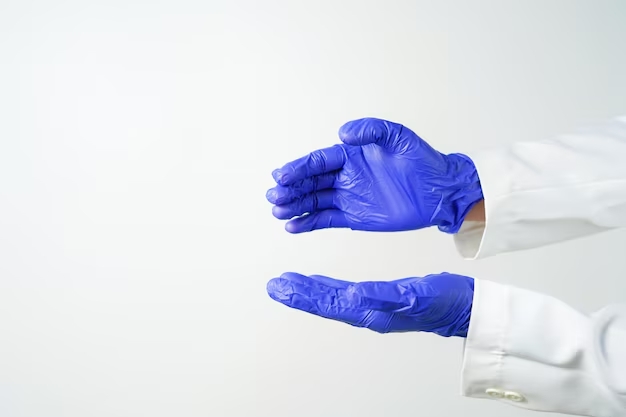Ensuring Quality in Medical Supplies: The Need to Address the Indian Nexus of Substandard Gloves

In a significant move to enhance healthcare safety in India, the Central Drugs Standard Control Organization (CDSCO) has issued new guidelines aimed at curbing the import of substandard gloves. This development has been welcomed by various stakeholders, including the Indian Research Group for Medical Advancement (IRGMA), which emphasizes the importance of quality in medical supplies. As the demand for medical gloves has surged, particularly during the pandemic, the need for stringent quality control measures has become more pressing than ever.
Substandard gloves can pose serious risks to both healthcare professionals and patients. They are often made from inferior materials that can compromise their protective capabilities, leading to potential health hazards during medical procedures. The new CDSCO guidelines aim to ensure that only high-quality gloves enter the Indian market, addressing a critical gap in the country’s healthcare supply chain.
However, the challenges are multifaceted. One of the most concerning aspects is the intricate nexus between manufacturers, importers, and regulatory bodies in India. This nexus often leads to the importation of substandard products, undermining safety protocols and regulatory frameworks. Reports have indicated that some suppliers deliberately circumvent quality checks, prioritizing profit over patient safety. The prevalence of counterfeit products has further exacerbated the situation, making it essential for the government to adopt a zero-tolerance policy towards such practices.
The IRGMA has urged the CDSCO to not only enforce these new guidelines but also to establish a robust framework for monitoring compliance. Regular audits and inspections of importers and manufacturers can help identify and eliminate substandard products before they reach healthcare facilities. Additionally, enhancing collaboration between regulatory bodies and healthcare institutions can foster a culture of accountability and transparency.
Moreover, educating healthcare providers about the risks associated with substandard gloves is crucial. Training sessions and awareness campaigns can empower professionals to make informed choices about the products they use, ultimately safeguarding their patients’ health. As the demand for medical supplies continues to grow, healthcare institutions must prioritize quality over cost to maintain the integrity of medical practices.
The global landscape of medical supplies is constantly evolving, and India must adapt to these changes by strengthening its regulatory framework. The CDSCO’s new guidelines are a step in the right direction, but the fight against substandard medical supplies cannot be won without addressing the underlying issues within the supply chain. Tackling the Indian nexus of substandard glove imports requires a multifaceted approach, including stricter regulations, better enforcement, and increased awareness.
In conclusion, the recent guidelines issued by the CDSCO are a vital development in ensuring the quality of medical gloves in India. However, addressing the nexus of corruption and substandard practices is equally important. By fostering a culture of quality and accountability, India can protect its healthcare system and ensure the safety of both medical professionals and patients. It is a call to action for all stakeholders to collaborate towards a common goal: a healthcare environment where quality is paramount and patient safety is non-negotiable.



